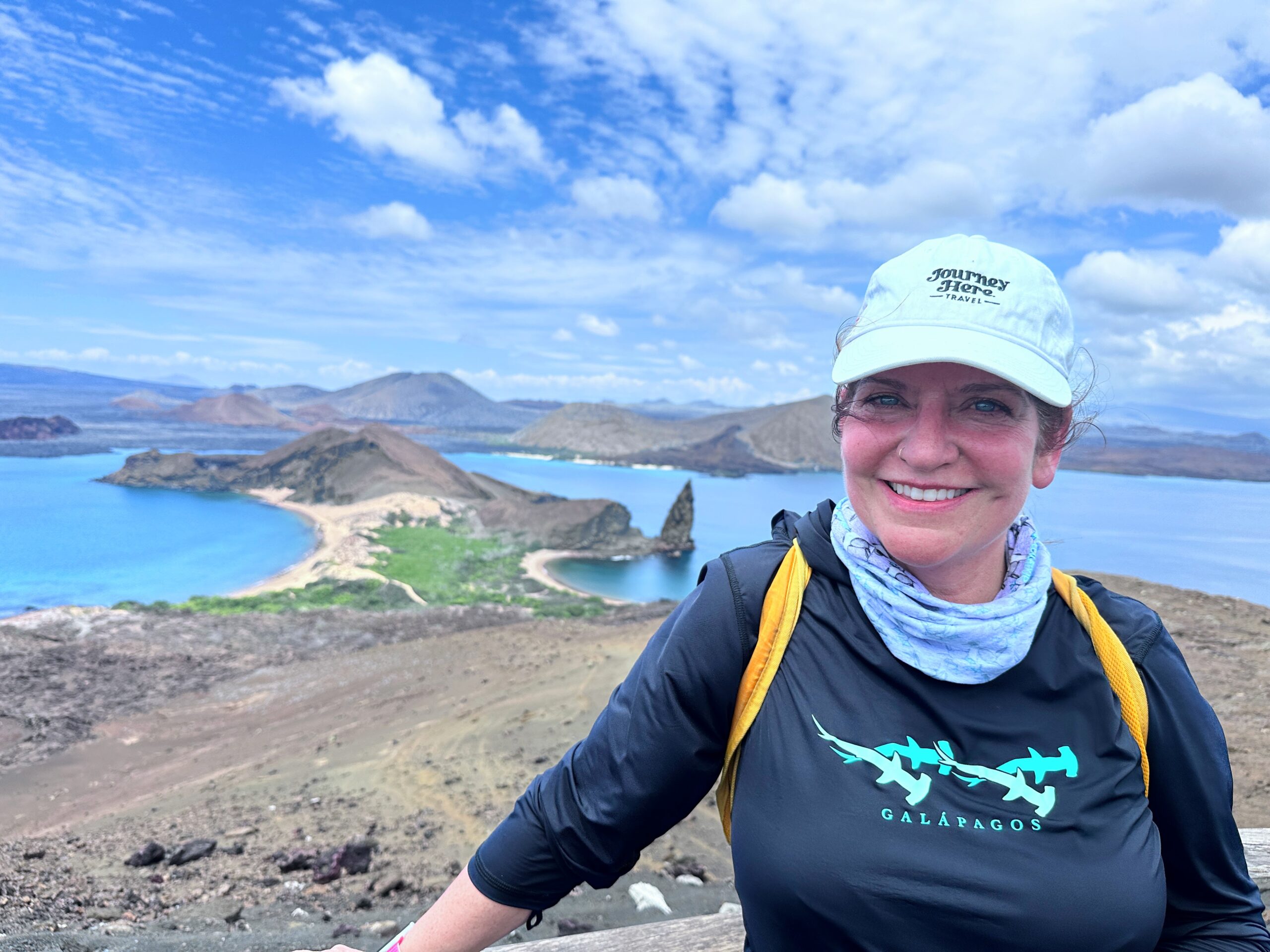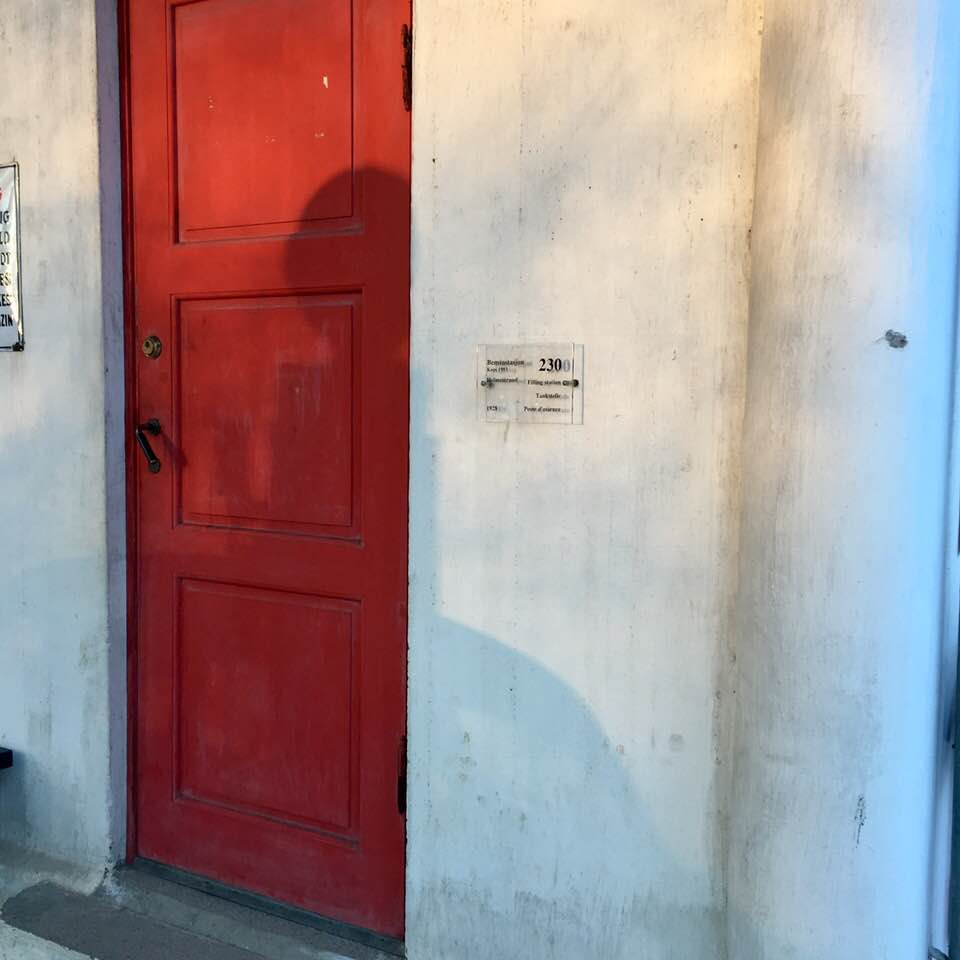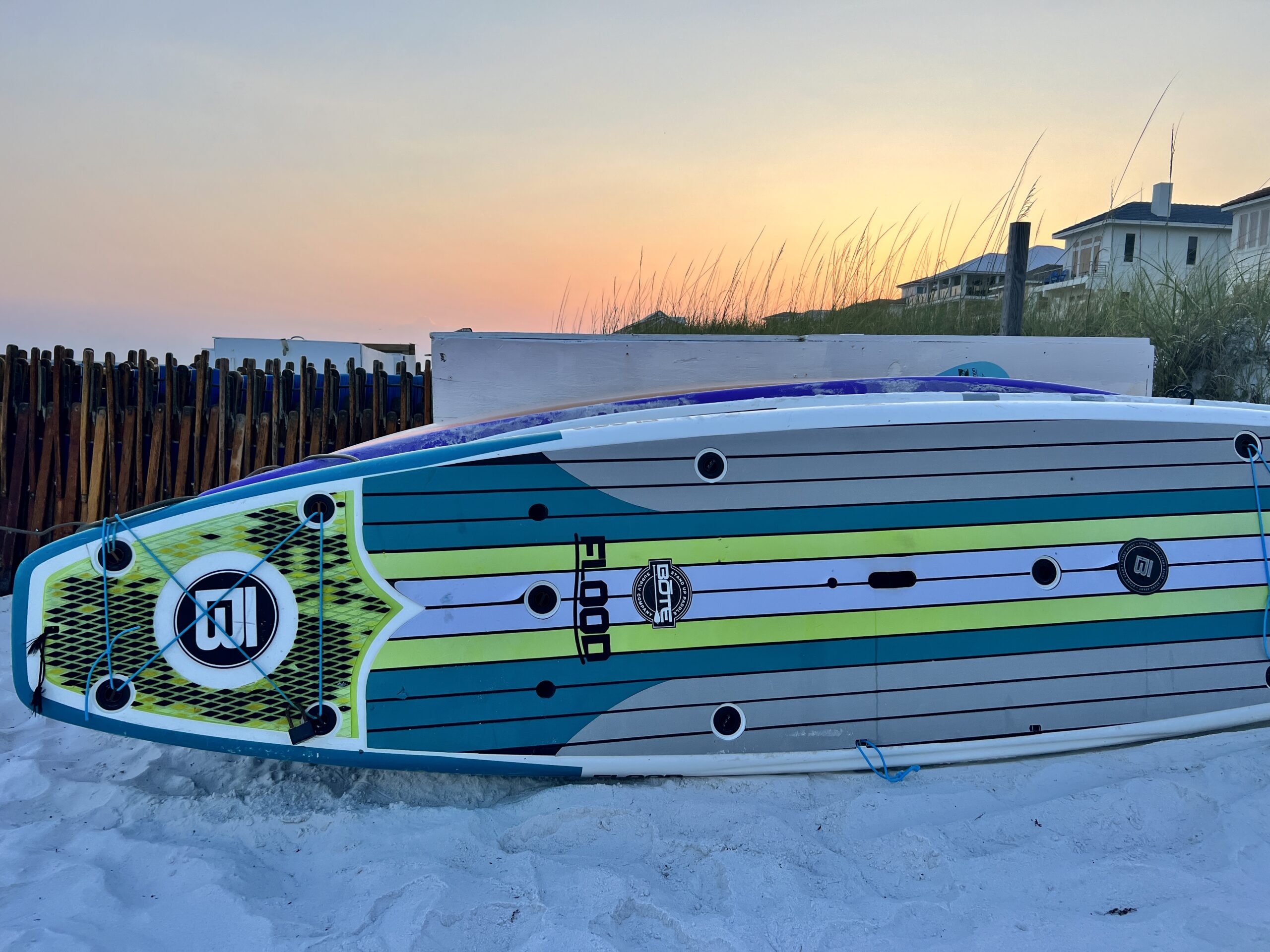
Essential Travel Tips for Visiting the Galapagos Islands
Picture this: pristine beaches, otherworldly landscapes and iconic wildlife encounters await in the mesmerizing Galapagos Islands. But before you pack your bags and set out for this natural wonderland, let’s dive into the essential tips you need to know before embarking on your Galapagos adventure. We’ll ensure you’re well-equipped to make the most of your once-in-a-lifetime journey to this ecological paradise.
If you want activity ideas, you can follow my itinerary by reading Hannah Logan’s exceptionally written piece on her website, Eat Sleep Breathe Travel. The tour I took was custom-designed by Hannah in conjunction with Intrepid Travel.







What to expect when you visit the Galapagos Islands
The Galapagos Islands are an archipelago of volcanic islands in the Eastern Pacific, located around the equator, 560 miles west of South America. Four of the Islands have residents, with the population primarily residing in San Cristobal, Santa Cruz and Isabella. The main thing to understand is that the Galapagos Islands are not a resort community. Ninety-seven percent of the land in the archipelago is protected national park. The main focus of the islands and the community is conservation. Does that mean it is perfect in those efforts? No. However, the focus of the islands is the extraordinary nature surrounding you, not flashy buildings. You might find the islands a bit rustic in spots. The islands are gorgeous, gritty, perfect and imperfect. Like anywhere, you will find a variety of people, many of whom are enthusiastic to share their home with you and tell you why they love it. And some will be tired and weary from the endless tourism.
There are entrance fees for visiting the Galapagos Islands. These fees help support the national park’s conservation efforts and offset over-tourism.
The Galapagos Islands website has a lot of practical information about the islands, their rules and regulations, and how to get around, which I found helpful before my trip.


Essential Tips for Visiting the Galapagos
Money
Ecuador, including the Galapagos Islands, uses the U.S. dollar. I can’t stress this enough: You need cash on both the mainland and the islands. I could use my credit card in a few places in mainland Ecuador, as well as on Santa Cruz and San Cristobal islands, but most places are cash only. Most ATMs on the islands only allow you to withdraw $200 at a time. The ATM fee was $4.48 per transaction. I always travel with my Charles Schwab debit card; they reimburse all of your ATM fees, which in this case was $31.36 since I was withdrawing money almost daily. This debit card also covers currency conversion fees when used in a country with a different currency.
Phone Service
If you have a phone with a physical SIM card slot, you can purchase a SIM card on mainland Ecuador before you fly to the Galapagos. Clara is the recommended carrier for the islands, and there were several shops in Quito where you could purchase this card.
Clara does not offer an eSIM (as of my trip in January 2024). I only have eSIM available on my iPhone 14. Since I spent the week before the Galapagos in Quito, Ecuador, working remotely, I purchased an eSIM for another Ecuadorian network through Airolo; it worked flawlessly in Quito. In the Galapagos, I rarely had cellular service, though it did appear from time to time. Almost every restaurant had wifi, and our hotels did, too. I would spend that time checking in at home and posting my pictures from the day. I enjoyed being offline — at times! When using an eSIM, your text messages don’t always work as flawlessly as they do at home, especially between carriers (my iPhone does not want to talk to my son’s Samsung phone). As a family, we use the Telegram app when I am traveling. WhatsApp is also a great communication app. I use it frequently to communicate with tour guides, taxi drivers and, of course, all of the new travel friends I met on my trip!
Wifi
As mentioned above, hotels have wifi, but it rarely worked well in our rooms. The hotel usually had a central location where you could pick up a signal. I sleep with sound, such as a TV show playing, and it wasn’t until I got to the island that I realized my Netflix downloads had failed. Thankfully, I was so tired from all of the hiking, walking, snorkeling and full immersion in nature that I didn’t have a very hard time falling asleep each night! If you are concerned about your family reaching you, ensure they have the hotel’s phone numbers for emergencies. If you have issues sleeping without audio assistance, make sure your music, white noise or TV shows are downloaded correctly.
Remote Work
I would not necessarily recommend the Galapagos Islands as a remote work area for long periods unless you don’t need to contact your team very often or need fast wifi speeds. The hotel I stayed at in San Cristobal had Starlink, which worked well. I could even attend multiple Teams meetings without issue, but check with your accommodations about their wifi situation. The Galapagos is a beautiful location to work from if you can swing it!


Sunblock
Did I pack sunblock? Yes. Was it reef-safe? Yes. Did I pack enough? No. I live in Indiana. In the winter, I am practically translucent. Despite traveling to the Galapagos in the middle of January, heading to THE EQUATOR, I only packed 3 ounces of sunblock. The cost of purchasing sunblock on San Cristobal Island at the only shop I found was $25. Pack a full-size bottle.
Rash Guard/Swim Shirt
The sun is intense in the Galapagos, and you will probably be in or on the water often. Covering your body with fabric is the best way to protect yourself from a burn. As a child of the eighties, I didn’t even use sunblock, so it was only a few days before my trip when I saw the words “rash guard” on a blog. My conclusion? “Ope, better grab one!” I’m so glad I did. I had a lot of time on boats and in the water snorkeling. My rash guard kept the sun off my arms, shoulders and chest. (If you want a short-sleeved style, Julianne recommends this rash guard.) Plus, all the cool girls had them!
Floppy Hat/Buff
At the last minute, I grabbed my son’s North Face floppy hat, and it was the best! The wide brim kept the sun off my face, and the chin strap kept it from flying off when we were zipping across the water on the boat. Also, I love anything I can slap a carabiner on. Now I just need to buy myself one. I’d also recommend a buff to keep the sun off your neck and ears. They sell a lot of cute ones on the island with boobies on them. (That’s a Galapagos joke; you’ll get it…)
SPF Lip Protection
Julianne takes good care of her skin with many sun-smart tips; I always forget this one. I packed lip-plumping lip gloss instead — which feels like fire when you have been snorkeling in saltwater, and your lips are burnt! I ended up paying $8 for SPF lip balm in San Cristobal. If you plan on snorkeling, use Vaseline or lip balm before you get in the water; it’ll help protect your lips and slow down the chapping.
Temperature
The temperature in the Galapagos is pretty consistent year-round, though there are seasonal variations (less rain, more rain). It is hot, and it is humid. When I packed, I looked at the weather but didn’t factor in the humidity. It gets hot and humid in Indiana. But after being in the Galapagos? No, it doesn’t. If you are a fan of hot yoga, you’ll feel right at home. I can now do hot yoga without passing out! You will shower a lot and be sweaty as soon as you leave your hotel room’s air conditioning. Your hotel room will be the only air-conditioned space; even that can be stuffy. I am so glad I took this little rechargeable fan to use at night when I slept! Even our hotel lobbies were warm. Make sure you pack clothing for a hot, humid environment. Don’t fight it; you can’t beat the heat. Do your best to think calm and cooling thoughts, and remember, you are in paradise. And paradise is hot.
Clothing
Speaking of clothing, you will want reasonably sturdy shoes that you can easily slip on and off as you encounter sand, water, boat and lava. I loved these knock-off Birkenstocks. One of the other women on the tour had the same pair, and we hiked quite a bit in these without issue! Rayon or linen dresses, bike shorts, sun shirts and other fast-drying clothes are fabulous. I wrote the piece on what to wear to a hot, humid destination by packing all the wrong things for this trip.


Water
With all the sweating you will be doing, you will want to stay hydrated. Drinking tap water is not advised. Pack a reusable water bottle and fill it with filtered water. Remember, the Galapagos is a national park that centers on conservation. Bottled water is not readily available, but filtered water is. Every hotel we stayed in had a filtered water refill station. I took my Mira water bottle, but if you are worried about water quality, I recommend a LifeStraw. Electrolytes can also help you stay hydrated; my preferred brand is Liquid IV. I add it to my water every day when I am traveling. It makes a huge difference for me, especially in warm environments. Don’t add it to a LifeStraw, however!
I drank a lot of fresh juices readily available on the island. Be sure to try them all, particularly the passionfruit! Everyone in my group drank blended drinks, both alcoholic and non-alcoholic. I was told the ice is made with filtered water and I had no issues personally.
It wouldn’t be a bad idea to speak with your doctor about a travel kit with antibiotics and anti-diarrheal, especially if you have a sensitive stomach.
One of my tour mates brought home giardia, a nasty little parasite, so use caution. And don’t forget your travel insurance; if you get sick, not only can it interrupt your trip, but you could also need medical attention.
Seasickness
I had no idea whether I would get seasick. I’ve spent time on lakes in Indiana, but that’s it. I felt pretty terrible the first day we traveled between islands, a considerable boat ride of several hours. I took a half dose of Dramamine (anti-nausea medication) and ginger tablets, which helped a bit. If you are prone to seasickness or aren’t sure, plan ahead; eat a light breakfast and take a full dose of anti-nausea medication before you depart.
Packing
Pack lightly if you are doing a land-based tour and traveling between islands. I did not realize I would be dragging my suitcase down a dock, onto a water taxi, transferring to a boat, another water taxi, and then another dock. This is how you get around from island to island if you aren’t on a cruise or flying. Of course, you can fly from San Cristobal to Santa Cruz; however, part of learning about the islands is traveling by boat with the residents. I sat on one ferry next to a woman who lived on Isabella Island and was traveling to Santa Cruz for a doctor’s appointment. Imagine a two-hour boat ride every time you had a checkup! Also, wear your life vest on the public water taxis. If a resident tells you to, do it. Only as we were docking did she mention a recent boat accident involving one of the boat taxis.


Language
Our tour guide spoke English, but many people I interacted with did not. Make sure you know how to speak at least a little Spanish. I downloaded Spanish using Google Translate so that I could use it without cellular service. The basics are please, thank you, good morning, good evening, excuse me, bathroom, with (con), without (sin), and anything in particular that is important to you. For me, that is vegetariano, clearly Spanish for “vegetarian.” While I’m not a vegetarian at home, I am primarily vegetarian when I travel.
Island Time
Island time is real, but tours start on time. If your tour guide says you are meeting at 7, be in the lobby at 6:55. The bus driver might be late, and the ferry might not leave on time, but you should be ready to go when your tour starts. Restaurants have a slower pace than you will be used to if you live in the U.S. Relax; you are in paradise.



Fitness Level
You don’t have to be a gym rat to enjoy the Galapagos, but you can have some very physical days. Depending on your tour, you could do a fair bit of walking, hiking, swimming or diving. Additionally, you may carry your bags up multiple flights of stairs at your hotel and to the aforementioned boat transfers. I accidentally took a six-hour hike up and down a volcano one day when my roommate and I ventured out on our own to check out Playa Baquerizo. I’m glad I spent extra time on the stair-stepper and treadmill before my trip. I also took my knee brace as a “just in case” and was glad I did. After the accidental six-hour hike and my improper snorkeling kicking technique, my knee was pretty touchy for a few days. When booking, read your tour descriptions carefully to ensure the tour matches your fitness levels and expectations. Below are just three examples of not-hard but somewhat challenging adventures: hiking up to a scenic overlook, with a surprise tortoise at the top; walking through a cactus forest on the way to Tortuga Bay; and somewhere along the path to Playa Baquerizo. It’s hard to see the path, because it’s lava rock. It was a challenging hike.



Sea Lions
Sea lions are everywhere in San Cristobal. You’ll see sea lions on all the islands, but San Cristobal is on another level. They run the streets, the sidewalks, the bars and the benches. I was unprepared for the vast amount of them and how close I would be to them. One popped over a rail and walked right by me at an outdoor bar! Keep a respectful distance; six feet is the closest you should ever willingly get to a sea lion (above or below the water). They are adorable, make a ton of noise, can get a little aggressive if you get too close and, in general, are irresistible. I watched them for hours and took no less than a million pictures. With that in mind, my last tip is…






Watch Where You Sit
Weird, right? Here is the deal: Sea lions sleep wherever they see fit, including the benches where you might stop for a rest. But they do other things on the benches, too. Be sure to check for urine or feces before you sit. I often saw businesses hosing down the sidewalks and benches, but look before you sit.
I enjoyed my time on the Galapagos Islands so much; it still feels like a dream. Don’t forget to check out Hannah’s Island Hopping Itinerary to learn more about what I did on my grand adventure!
This post may contain affiliate links. If you shop or make a reservation through these links, we may make a small commission (for which we are very grateful!) at no extra cost to you. Not all links are affiliates, and we only suggest products and places we have experienced.
The views expressed on this website represent the opinions of the authors; we encourage you to form your own opinions and confirm any facts.



